How to get better mileage and performance from your vehicle
While today’s engines are more fuel efficient than those in the past, there are still many ways to enhance the real-world fuel economy you get from your vehicle. A car’s weight, aerodynamics, resistance, drag, and engine performance all impact gas mileage. Choosing a fuel-efficient car, using certain driving techniques, keeping up with proper maintenance, and selecting an advanced motor oil formulated to meet the challenges of today’s engines can help you save money by getting more miles out of each tank of gas.


1. Use a motor oil formulated for modern engines
The push toward better fuel economy and decreased emissions has forced OEMs to develop more fuel-efficient, less polluting engines, which require more advanced motor oils that are specifically formulated to meet their unique challenges.
Modern engine design
Increases in fuel efficiency and emissions standards have resulted in smaller engines that use modern technology to improve mileage and reduce greenhouse gas emissions.
- Gasoline direct injection (GDI) and turbochargers work together to enable a smaller engine to generate the same horsepower as a larger engine.
- Stop-and-start technology allows an engine to turn off and on automatically when driving in traffic or high-congestion areas.
- Variable compression engines enable high efficiency and high performance of smaller engines at highway speeds.
These new engines require a more advanced motor oil that protects against the unique challenges presented by these engines, such as low-speed pre-ignition (LSPI), increased wear, and sludge formation.
ILSAC GF-6 and API SP standards
To meet these challenges, Kendall worked with the American Petroleum Institute (API) and original equipment manufacturers (OEMs) to develop a new standard: ILSAC GF-6 and API SP. These new standards went into effect on May 1, 2020.
GF-6 technology provides enhanced wear protection, prevents LSPI, improves fuel economy, and reduces carbon emissions in modern engines. It also helps OEMs meet their mandated targets for fuel efficiency and emissions.
Meet the most advanced Kendall motor oils ever
Kendall GT-1® Max Motor Oil with LiquiTek®
Our premium quality, full-synthetic automotive engine oil is designed to provide excellent engine protection for turbocharged gasoline direct injection, conventional gasoline-fueled, and flex-fueled passenger cars and light trucks under all operating conditions. It is especially recommended for vehicles operating at extreme temperatures or under severe driving conditions, such as towing heavy loads.
Kendall GT-1 HP Elite Motor Oil with LiquiTek
Our premier quality, part-synthetic automotive engine oil is designed to provide outstanding engine protection for turbocharged gasoline direct injection, conventional gasoline-fueled, and flex-fueled passenger cars and light trucks under all operating conditions.
Kendall GT-1 Endurance Motor Oil with LiquiTek
Our premium quality, part-synthetic automotive engine oil is specially designed to provide excellent engine protection for turbocharged gasoline direct injection, conventional gasoline-fueled, and flex-fueled passenger cars and light trucks under all operating conditions. It also is recommended for use in lower-mileage vehicles, including new cars under warranty.
Kendall GT-1 High Performance Motor Oil with LiquiTek
Our high-quality, part-synthetic automotive engine oil is designed to provide excellent engine protection for turbocharged gasoline direct injection, conventional gasoline-fueled, and flex-fueled passenger cars and light trucks under all operating conditions.
2. Perform regular maintenance
Dirty air filters, worn out spark plugs, and bad connections can all affect fuel economy. Following your vehicle’s recommended maintenance schedule will keep it running more efficiently and produce fewer greenhouse gas emissions.
3. Keep tires properly inflated
A very no cost approach to improved mileage, improved handling and overall safety is simply keeping your tires at the proper inflation pressure. Make sure you have your tires checked for inflation pressure at every service. If you have concerns, most tire stores will check your pressure and give your tires a quick visual inspection for free.
4. Skip the warm-up
The old adage of needing to ‘warm up the car’ before you drive it is a holdover from the days of carburetors and doesn’t hold true for today’s modern fuel-injected, electronically-controlled engines. Engines perform most efficiently at regular operating temperature, and the fastest way to reach that point is to drive right after starting the car.
5. Slow down
Driving habits like speeding, rapid acceleration, and braking waste gas. It can lower gas mileage by roughly 15 to 30 percent at highway speeds and 10 to 40 percent in stop-and-go traffic. Accelerate smoothly and anticipate the movement of traffic. Once up to speed, maintain a steady pace. Smooth acceleration, cornering, and braking also extend the life of the engine, transmission, brakes, and tires.
6. Remove roof racks, cargo boxes, and bike racks Vehicles often have attached racks and boxes to carry things like luggage, bikes, skis, and surfboards. At highway speeds, more than 50 percent of engine power goes to overcoming aerodynamic drag. Carrying things on the roof or the tail hitch increases drag, increasing fuel use and lowering fuel economy. Consider removing roof racks, cargo boxes, and bike racks from vehicles when they aren’t in used to cut down on unnecessary drag and improve mileage.







